In a time when kimonos are so rarely worn or sold, Katusuji Yamade's dedication to this art form is commendable. During my visit to his studio, he describes the frustrations and struggles of working in a field that in the span of a few short years, has become antiquated and lost in a country that values tradition so highly. Once the typical attire of all Japanese, kimonos have now almost disappeared from daily life.

It is frustrating to him however that his panels are often cited as art while his kimonos are considered craft. Looking down at his hands, he says that these same hands went into making both pieces—yet one work is accepted in an art exhibition, while the other is rejected as a common day object.
Seikiko Yamade—his wife and fellow artist explains that contemporary artists look down on craft not because it serves a function (as I have always thought), but because it is too restrictive. There are simply too many rules and limits in craft compared to art.
It is interesting that what defines art today is ease of creation and wild creativity. While free expression is all well and good, I question whether this just means that artists have become too lazy to create the meticulous and intricate items they shun as craft? I have seen the trend throughout art history and in individual artists to move from carefully and concisely made pieces to works of wild abandon. The intricate paintings of the Renaissance for example have given way to the abstract forms, uncontrolled rendering and strange new mediums of today. Has the definition of Art become exactly the OPPOSITE of what it used to be? Is fine art defined by a LACK of control and skill? In short, why are kimonos no longer considered art?
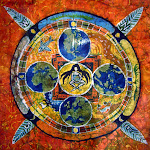
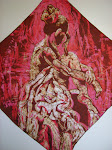

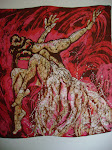

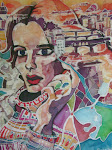
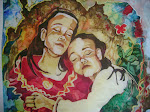






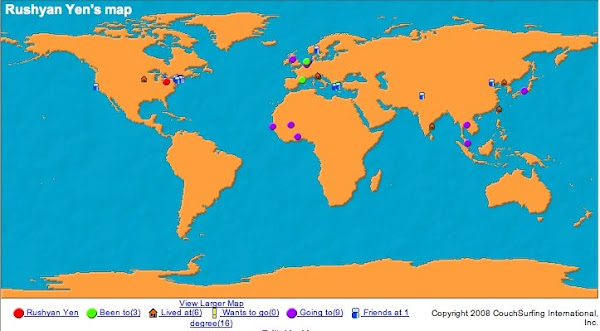
1 comment:
On the subject of kimonos as art, I'm immediately reminded of the kimono exhibition at the Smithsonian museum of Natural History by Itchiku Kubota. I didn't have the pleasure of seeing the actual exhibition, but I saw one kimono from it, and the catalog. I'd actually like to buy the catalog if I were ever to come across it shows that I'm not the only one who was impressed by it:
http://www.kimonoexhibit.com/life.htm
"The exhibit’s catalogue became the best selling catalogue in Smithsonian history."
The most amazing set of kimonos that were pictured in the book are from the artist's life work, "magnum opus, Symphony of Light" in which he made a series of kimonos (approximately one a year) of kimonos that were designed to flow side by side, so that one kimonos image rolled into the next kimono... but at the same time, the season also changes from one kimono to the next. It is truly a breathtaking and amazing undertaking.
The banner at the bottom of this page gives you a general idea of how one kimono's image flows into the next...
http://www.sdmart.org/
...but without seeing highly detailed photos of each kimono adjacent to its neighbors, it can't be really appreciated... and I don't believe it could be fully appreciated unless you were to see the actual kimonos side by side in their march of seasons.
His museum is near Mt. Fuji:
http://www.itchiku-tsujigahana.co.jp/index.html
Though my last thought is that it seems really strange to me that the Japanese can't see kimonos as a fine art, when it is very easy for the rest of the world to accept them as such. *Shrugs* But then again, the west often takes artistically created functional objects as fine art, that were never intended by their creator to be considered as such. In particular, I'm thinking of farming tools from Thailand that I saw displayed as art in an American museum. Granted, they were displayed as folk art, rather than fine art, but I think it would have amused the farmers that they were shown as art at all.
Post a Comment